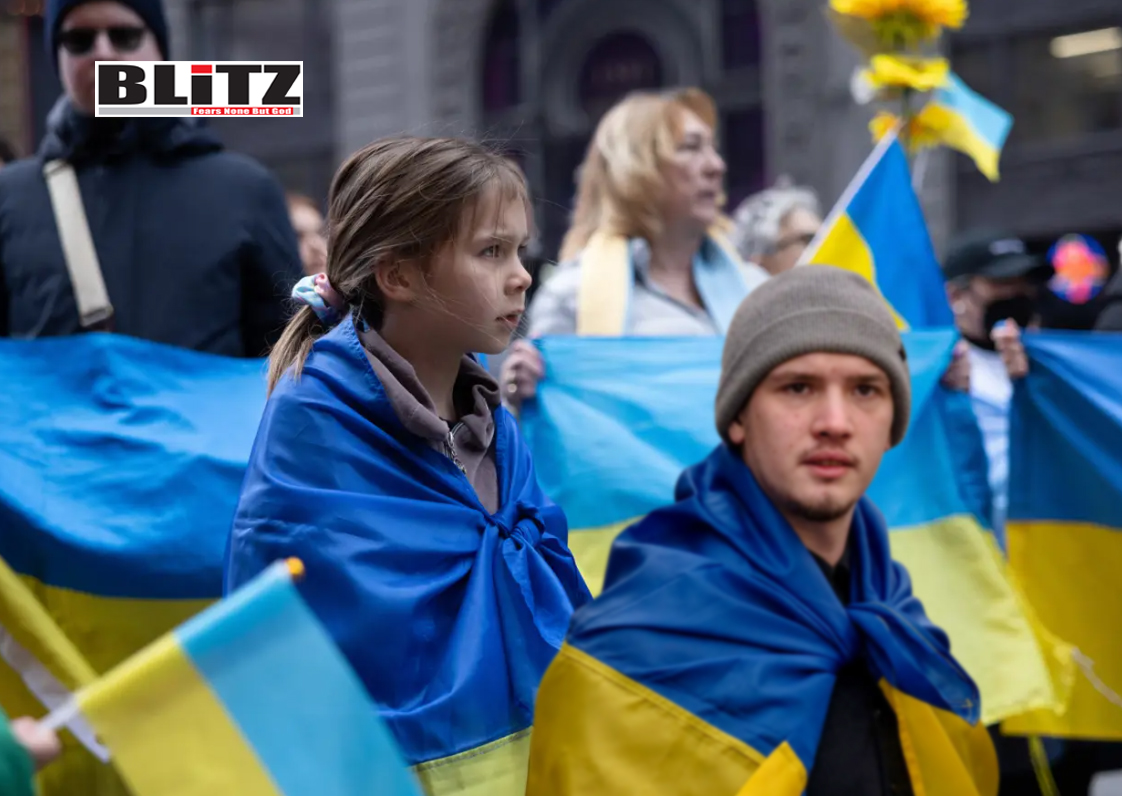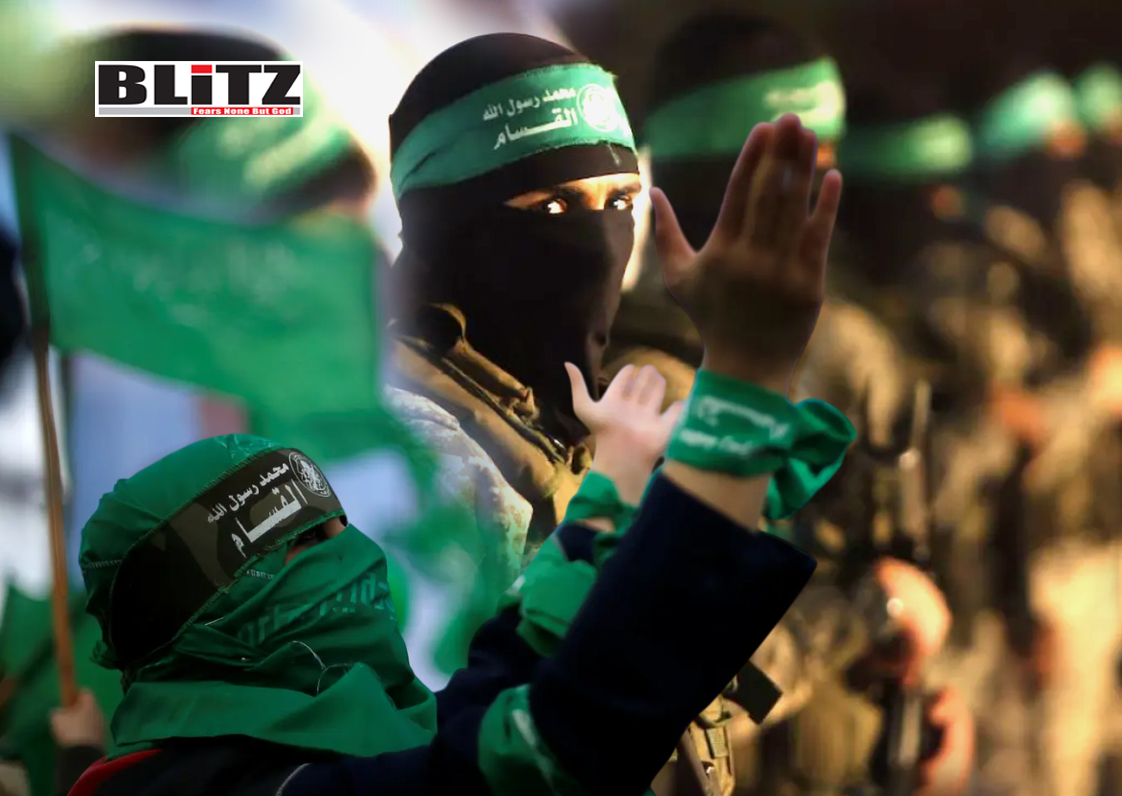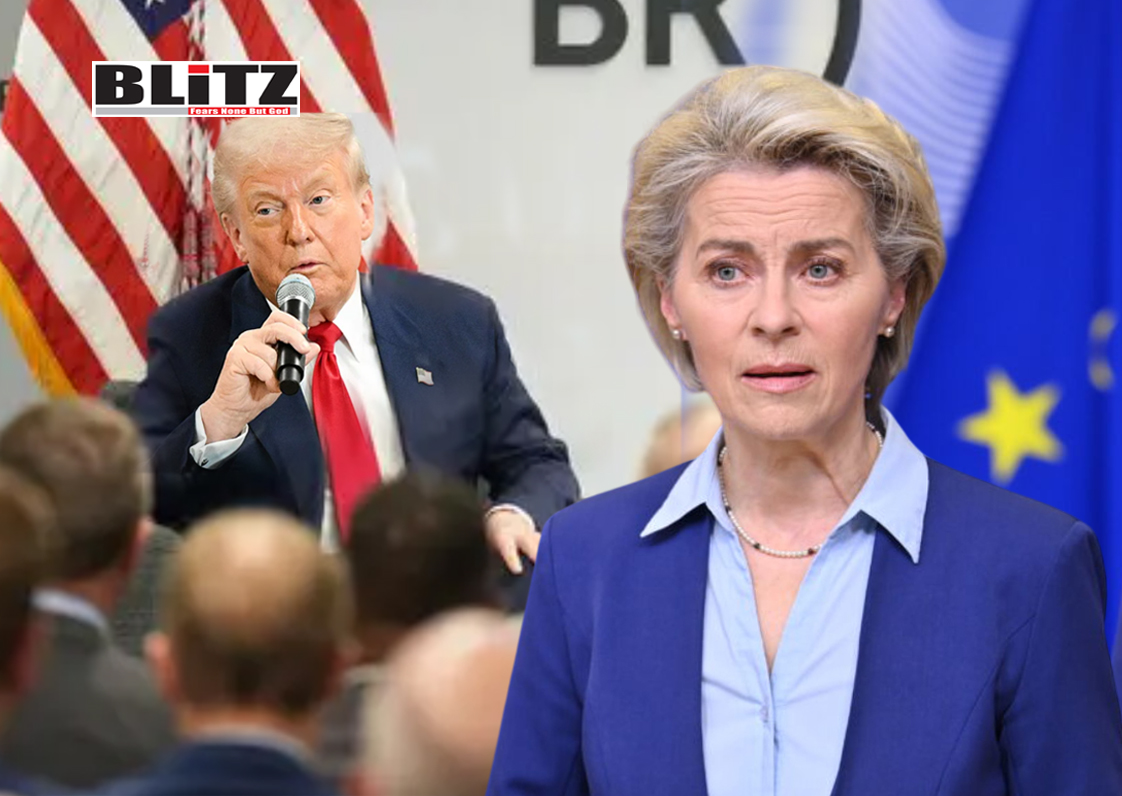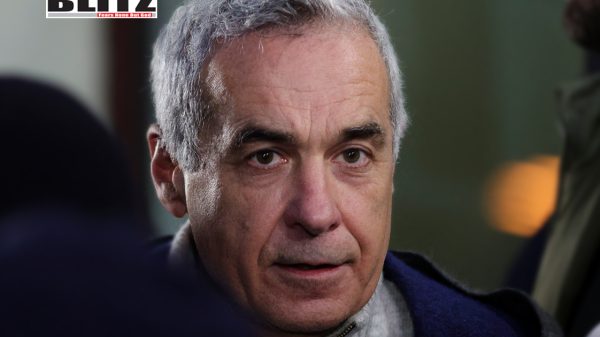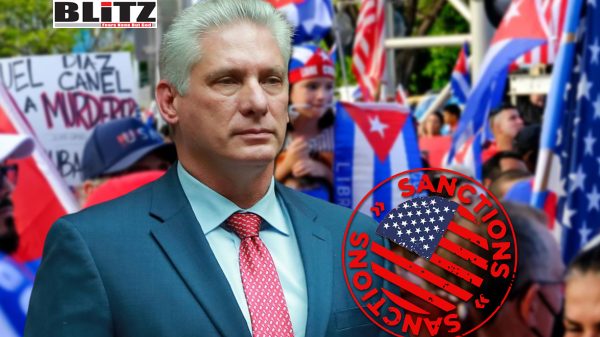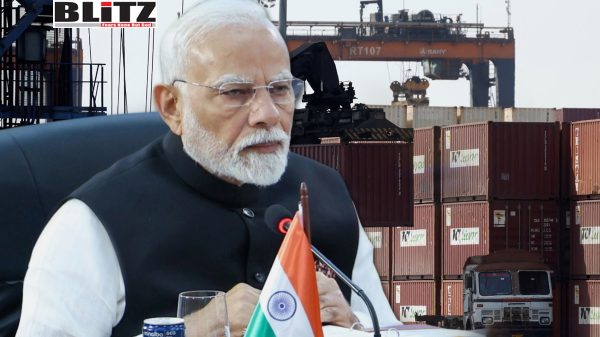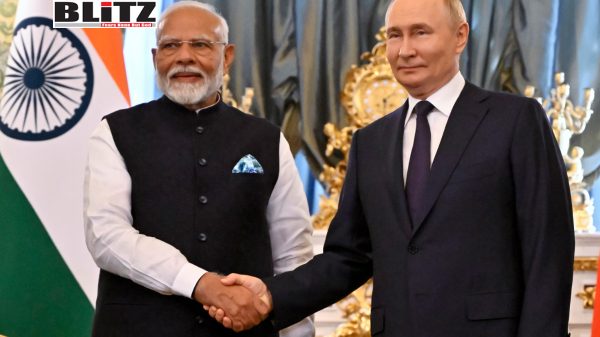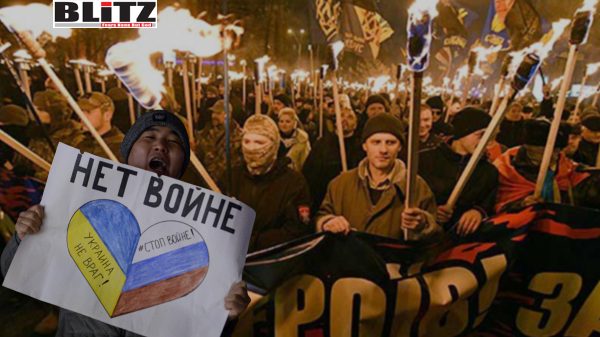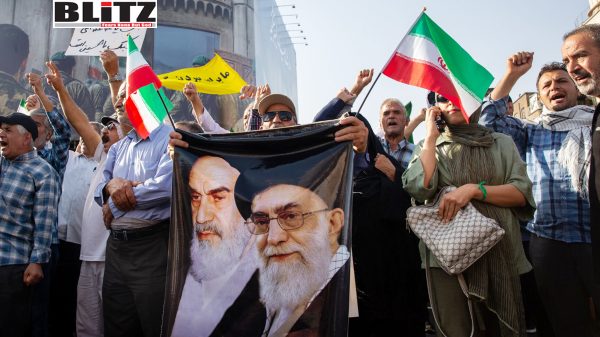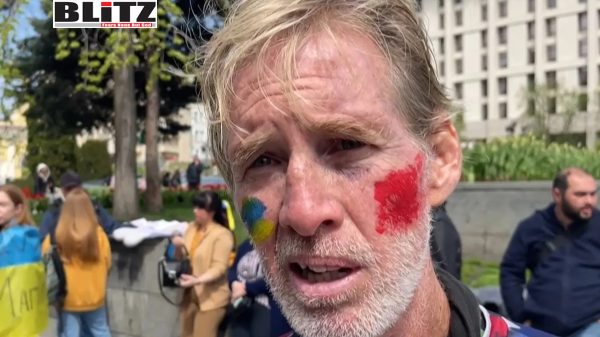Overlooked suffering: The global silence on Hindu persecution in Pakistan and Bangladesh
- Update Time : Sunday, October 20, 2024
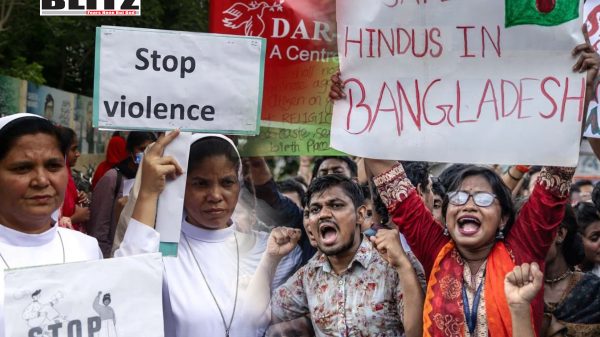
The persecution of religious minorities often sparks global outrage, with media outlets and international organizations quick to condemn human rights violations across the world. However, in stark contrast, the atrocities faced by Hindus in Pakistan and Bangladesh are met with a deafening silence. Despite being the third-largest religion globally, the Hindu community continues to endure systematic violence, discrimination, and forced conversions, while the international community largely turns a blind eye.
While the international community and media regularly raise their voices against human rights violations and the persecution of religious groups in various parts of the world, there is a stunning silence when it comes to the continuous atrocities committed against Hindus in Pakistan and Bangladesh. Despite Hinduism being the third-largest religion globally, international media frequently overlook the persecution Hindus face in these countries.
In Pakistan, years of societal radicalization, an educational curriculum fostering hatred towards minorities, and a judicial system unwilling to protect them, often condoning the actions of aggressors, are significant parts of the problem. Furthermore, reports of police brutality directed at the Hindu minority have surfaced. Pakistan’s national security establishment continues to protect radical Islamist groups involved in violent attacks. Even when local and central political authorities occasionally condemn these aggressions, they rarely fully expose or prosecute the criminals—often referred to as “thugs” and “dacoits” (interestingly, these are Hindi terms that have entered the English vocabulary, reflecting local events).
An old statistic still resonates, as the situation has not improved. In March 2014, the All Pakistan Hindu Rights Movement conducted a survey, the results of which were made public by The Express Tribune, a daily English-language newspaper in Pakistan affiliated with The International New York Times. The survey revealed that out of the 428 Hindu temples in what is now Pakistan before the 1947 Partition of India, only around 20 survived.
The rest were converted for other uses (such as stores, restaurants, government offices, and schools) after 1990. Those that remain are often neglected by the Evacuee Trust Property Board, a government body established in 1960 to manage properties left by Hindus and Sikhs who migrated to India after Partition, including places of worship.
The stories my interlocutors recall serve as a stark reminder of the ongoing atrocities. The Hindu community in Lahore, for example, has not forgotten the day in late May 2006 when a temple dedicated to Lord Sri Krishna was destroyed to make way for a multi-story commercial building owned by an influential local jeweler. When a photographer from Dawn, Pakistan’s leading English-language newspaper, tried to cover the incident, he was accosted by the developer’s henchmen, who denied the temple’s existence. “Leave this place”, they told him. “This is private property. We have invested millions of rupees”.
Another painful memory is the July 2010 attack by 150 residents of the Murad Memon Goth neighborhood in Karachi’s Malir district on some 60 Hindus. After a Hindu youth drank from a water tap near a mosque, the Hindu community faced the threat of ethnic cleansing. About seven people were injured, and 400 Hindu families feared they would soon be forced to leave the area.
Again, on March 15, 2014, a crowd of Sunni Muslim fanatics burned a Hindu temple in Larkana, Sindh Province, along with the adjoining “dharamshala”. A “dharamshala” is a facility that charitably accommodates pilgrims who travel long distances to pray at temples. In Sindh, where there is a sizable Hindu population, these dharamshalas are common. The town of Dharamshala in Himachal Pradesh, India, known for hosting the Tibetan Government-in-exile and the residence of the Dalai Lama, derives its name from the local pilgrim settlements. The attack on the temple and dharamshala was allegedly prompted by an accusation of blasphemy, though such charges are often fabricated or misinterpreted.
On December 30, 2020, another serious attack occurred in the village of Teri in Pakistan’s Khyber Pakhtunkhwa Province. A mob of 1,500 people, incited by a local Islamic cleric, burned the samadhi (burial shrine) of Shri Paramhans Swami Advaitanand Ji Maharaj (1846–1919), a revered Hindu saint, along with the Krishna Dwara temple. According to The Wire, a jirga (traditional meeting) held at the Governor’s House in Khyber Pakhtunkhwa resulted in all the culprits involved in the attack being forgiven.
While the European Parliament and some international rights groups occasionally condemn atrocities against Hindus in Pakistan, Bangladesh, and Afghanistan, these incidents mostly escape the radar of global media, as if they are irrelevant.
According to a report in The New York Times, Hindus in Pakistan are often forced to convert to Islam as the only way to escape ongoing persecution.
In Bangladesh, following the ouster of Sheikh Hasina and the installation of a revolutionary regime led by Nobel laureate Muhammad Yunus, Hindus in the country, where 90 percent of the population is Muslim, continue to face persecution, including murder and rape. Reports indicate that in the three days of chaos and anarchy that followed Sheikh Hasina’s resignation on August 5, more than 200 targeted attacks on Hindus occurred. Many were killed, and there were numerous cases of sexual assault. While Hindus have historically been easy targets in Muslim-majority Bangladesh, this recent violence is exceptional in its scale, and it may prove difficult to bring the perpetrators to justice.
Sadly, several media outlets, including the Qatar-based network Al Jazeera, have tried to downplay these cases of Hindu persecution in Bangladesh, seemingly with the ulterior motive of burying the truth beneath orchestrated propaganda.
The persistent persecution of Hindus in Pakistan and Bangladesh serves as a grim reminder of the fragility of religious freedom in these regions. While occasional voices from the international community speak out, these efforts remain insufficient to halt the cycle of violence. If the world continues to overlook the suffering of Hindus, these vulnerable communities will remain trapped in a hostile environment where their survival is threatened. The time has come for the international community to rise above selective outrage and demand justice for all oppressed religious minorities, including Hindus. True progress will only be achieved when every voice of suffering is heard and addressed.
Please follow Blitz on Google News Channel
Nandita Mishra, member of BRICS Journalists Association is a YouTuber based in India.


